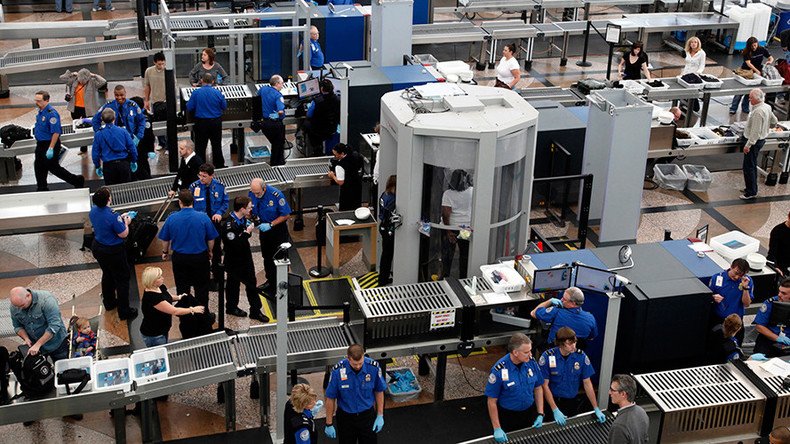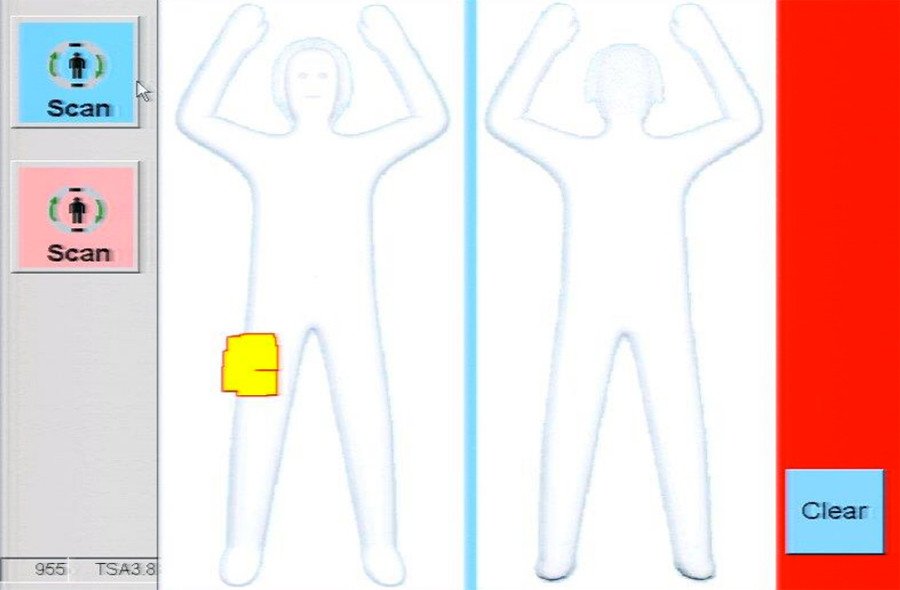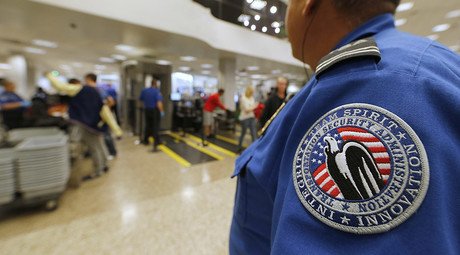Total Recall? TSA body scanners now mandatory for some passengers

Travelers who previously chose a pat-down at airports to avoid body scanners may no longer have the option. The US government quietly updated the rules concerning the use of body scanners, letting TSA agents make screening mandatory for some people.
While the Transportation Security Administration (TSA) has promoted widespread use of body-imaging scanners for years, they allowed passengers to opt out of the scan and undergo a pat-down by a TSA agent instead. A new privacy assessment by the Department of Homeland Security, however, says the scanners no longer violate the privacy of individuals, and allows the TSA to refuse opt-outs on certain occasions.
“While passengers may generally decline AIT screening in favor of physical screening, TSA may direct mandatory AIT screening for some passengers,” says a Privacy Impact Assessment Update signed by DHS Chief Privacy Officer Karen L. Neuman, using the acronym for Advanced Imaging Technology to refer to scanners.
The document is dated December 18, meaning the new policy went into effect just in time for year-end holiday travel.
DHS updates TSA security rules: They can now force you to go through body scanners https://t.co/qbnThzr3ibpic.twitter.com/I7KddRicF6
— Anonymous (@AnonyOps) December 22, 2015Devices currently used by the TSA can “quickly, and without physical contact, screen passengers for prohibited items including weapons, explosives, and other metallic and non-metallic threat objects hidden under layers of clothing,” the document says. The Automatic Target Recognition (ATR) software identifies the contraband objects on the body and highlights their location using a bounding box on a generic figure, never capturing the passenger’s actual body image, according to the DHS official.
“ATR software provides even greater privacy protections by eliminating the human image that appeared with previous AIT technologies,” the document states. Meanwhile, the use of imaging technology is presented as an improvement in both threat detection and passenger comfort “for those passengers for whom a physical screening is uncomfortable.”

Based on that reasoning, Neuman concludes that “[the] TSA may direct mandatory AIT screening for some passengers as warranted by security considerations.”
That last qualifying phrase, which appears in the conclusion but not the summary, suggests that the mandatory scanning will not be applied to all passengers.
Hyped by security contractors in the early 2000s as the ultimate solution to airport security, body-imaging devices never approached the level envisioned by the 1990 sci-fi blockbuster ‘Total Recall.’
According to the reports that the TSA submitted to Congress in August this year, the agency has spent $160 million on various body imaging devices since 2008. A quarter of the amount went to the so-called “naked scanners,” backscatter radiation devices that used low-level X-rays to reveal passengers’ most intimate details, but were easily fooled into missing explosives or weapons. The TSA discontinued the use of the unfortunately named Rapiscan devices in early 2013.
Pat-downs have attracted their share of controversy as well. Two TSA agents at Denver International Airport were fired this year, after a male agent conspired with his female colleague to pull aside and fondle “attractive” male passengers, according to the agency’s investigators. The TSA denounced their behavior as “egregious and intolerable” and the agents were dismissed, but the authorities declined to press charges.













